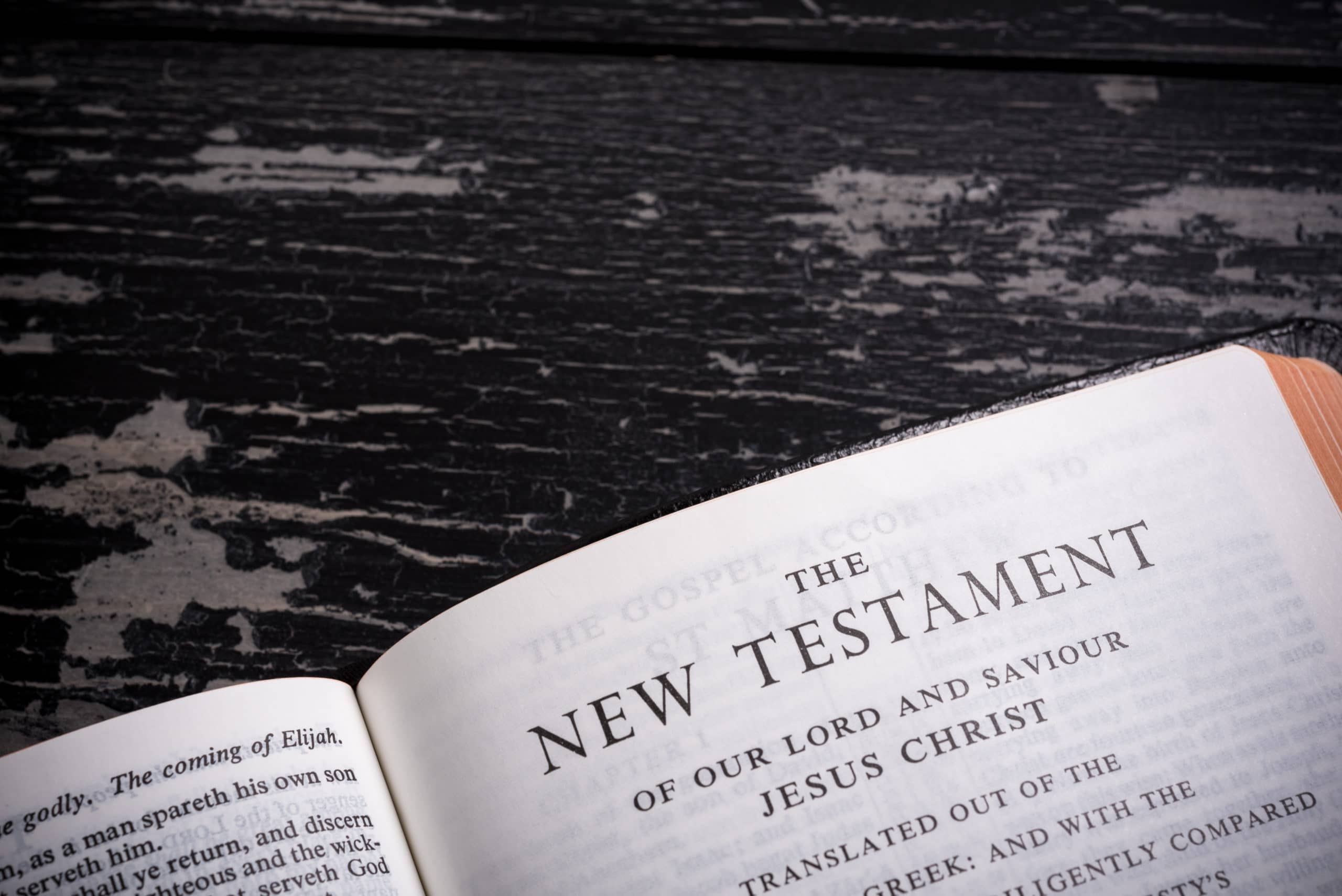Who were the Pharisees and Saduccees?

The Pharisees were the group that had the most religious influence among the Israelites. They were widely accepted as the religious teachers of the day and the largest group of religious teachers in Israel at the first advent of Jesus.
The name Pharisee means, “separated ones.” It’s believed that this was originally a derogatory name given to them by the Sadducees to depict how they separated themselves from the common people. They believed that the common man, even if he was a Jew, was impure if he didn’t adhere to the strict requirements of ritual cleanliness. The Pharisees claimed to explain the Law of Moses more precisely than anyone else, even than the priests, who were Sadducees. This attitude led them to add to the written Law, and these additions led to some of the greatest errors and sins which Jesus so strongly condemned. They added what they called the “Oral Tradition of Interpretations.” They felt these interpretations were necessary to clarify the obscurities of the Law. In some cases, they actually modified the letter of the Law to adapt to what they called the changing needs and conditions of life.
The Pharisees believed the written Law was not detailed enough, and so the oral law became equal to the Law of Moses. They wanted a formula for everything. They wanted written instructions for every detail of life, and God just didn’t provide that level of detail in the Mosaic Law.
That’s one of the reasons they were so opposed to Jesus, because he did not follow the oral traditions.
For example, Matthew 5:1-3 shows the prominence of the oral traditions:
“Then some Pharisees and scribes came to Jesus from Jerusalem and said, Why do your disciples break the tradition of the elders? For they do not wash their hands when they eat bread. And he answered and said to them, Why do you yourselves transgress the commandment of God for the sake of your tradition?”
The Pharisees were one of the groups seeking to arrest and kill Jesus. Another group was the Sadducees. The Sadducees appear to be the group that existed first. The word “Sadducee” comes from the term “House of Zadok.” Zadok was the tenth High Priest after Aaron. He was the High Priest during the reign of David and Solomon when the first Temple was built. When the New Testament speaks about the chief priests coming to Jesus, it’s talking about the Sadducees.
The Sadducees did not accept the oral traditions promulgated by the Pharisees. They believed strictly in the writings of Moses. The position of the oral traditions was the major area of disagreement between the two groups. Notice that when Jesus condemned the Pharisees for adding burdens upon the people, the Sadducees never came to their defense because they agreed with Jesus on that point. Before the days of our Lord, there had been a great shift of religious influence away from the priesthood of the Sadducees and towards the Pharisees. The Sadducees had been greatly influenced by Greek philosophy, and because of this, largely lost interest in their service to the temple sacrifices. Now that is a strong contradiction – a group that adhered to the writings of Moses actually lost interest in the temple sacrifices and became more interested in power!
The Sadducees were the priests, but more concerned with matters of state and political power. The Pharisees were the religious teachers and controlled the local synagogues. In religious matters, they had the confidence of the people. They formulated and taught the Oral Traditions. To put it simply, the Sadducees were after political power while the Pharisees were after religious power and influence.
To learn more about how the Pharisees and Sadducees impacted Jesus’ crucifixion listen to, “How Were Politics Part of Jesus’ Crucifixion?”






